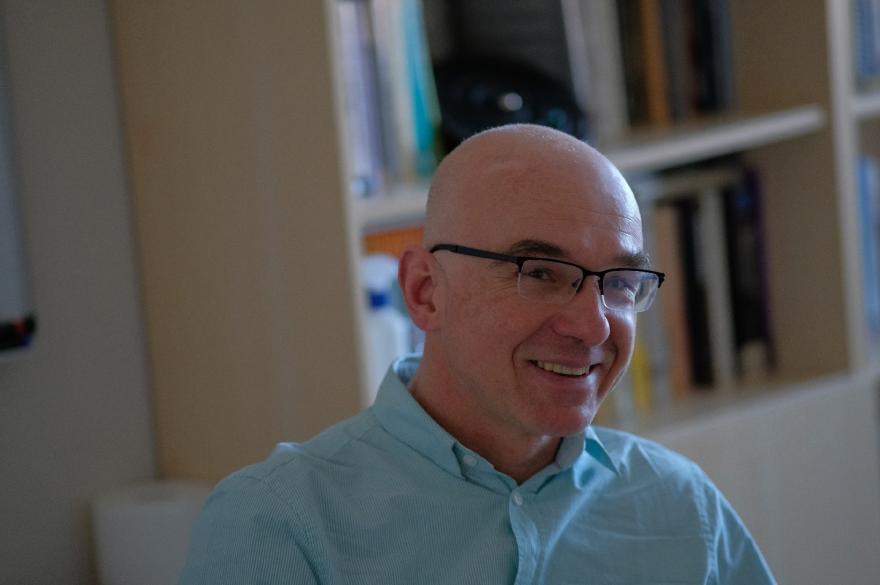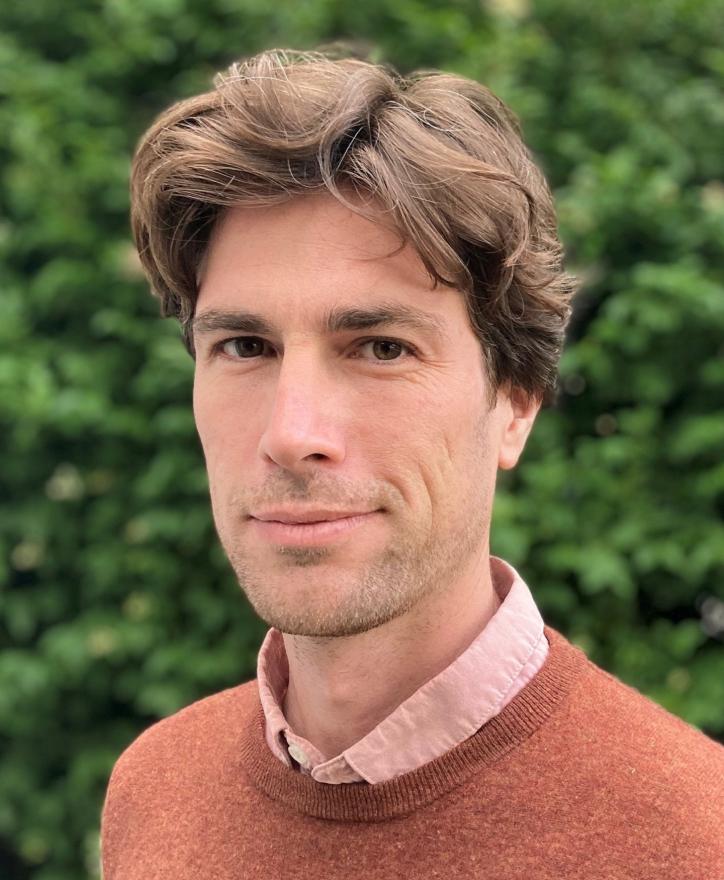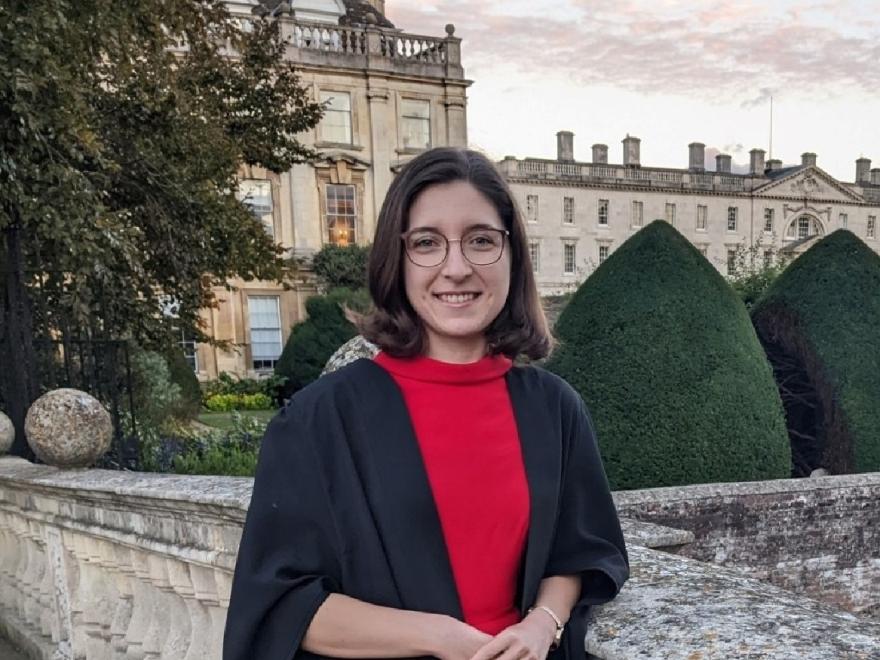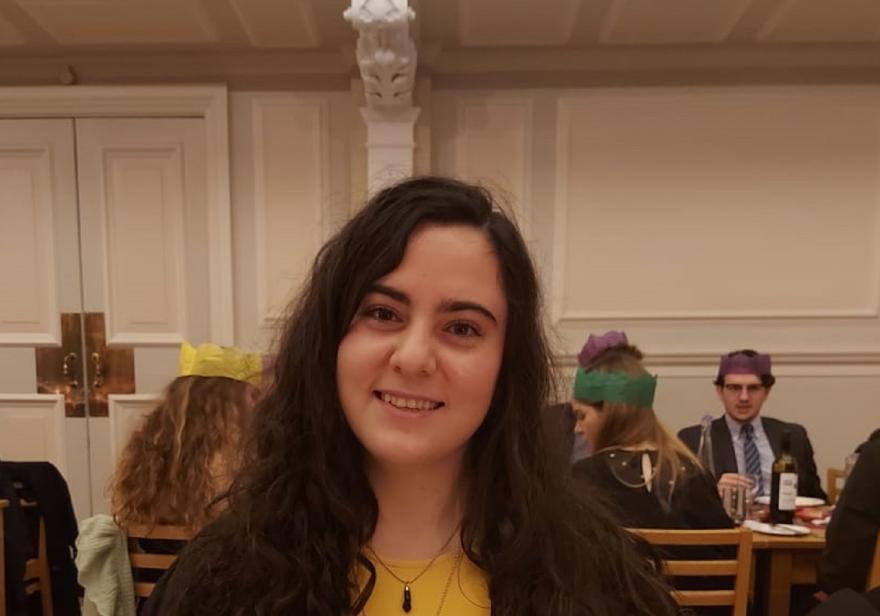Overview
The minimum offer level is A*A*A at A-level, or 7 7 6 (42+ overall) from Higher Level subjects in the IB, or the equivalent, as well as grades 1 in STEP II and STEP III. For other qualifications, please see the University entrance requirements page.
A-level/IB Higher Level or equivalent in Mathematics and Further Mathematics. Students will also need to take STEP II and III.
Physics, especially for applicants intending to study Mathematics with Physics.
Mathematics at Clare
The Cambridge Mathematics course has always enjoyed a very high reputation, and a Cambridge Mathematics degree is highly regarded world-wide.
Each year, around 10-12 students enter Clare to read Mathematics. We find this number works well - it is large enough for the Mathematicians to be able to support each other effectively, but small enough for students to make friends easily outside Mathematics.
Visit the University's subject page for more information.

My research interest is mathematical physics, in particular the interplay between differential geometry, integrable systems, and general relativity. While it is acknowledged that physicists need mathematics, it also appears that theorems in pure mathematics can be proven using ideas from research on black holes!

My research is concerned with theoretical problems in quantum mechanics and in gravity. These theories are independently well-established, but putting them together seems to require new mathematical structures that haven’t been fully articulated yet.
A persistent theme of recent research in the field is the connection between quantum entanglement and the geometry of spacetime. It may be that the continuous space we find ourselves living in, which is described by nonlinear partial differential equations written down by Einstein, dissolves at the shortest distance scales into something more discrete and less structured, and where quantum mechanics itself builds up the notion of “closeness” that we associate with space.

You may have heard Galileo’s remark that the book of nature “is written in mathematical language”. While this has long been accepted in the world of physics, one of the challenges of the current century is to understand biology using the same mathematical language! I am actively contributing to this pursuit with my research on bacteria and white blood cells, amongst other things.

I work in Geometric Group Theory -- a field of Mathematics that studies groups, and the geometric and topological spaces on which they act. Thus, I use geometry to understand groups, and algebra to understand geometry. While this is the guiding principle, the tools and techniques of many other areas of Maths enrich and permeate the subject, making it into an ever-growing domain.
My research, specifically, concerns hyperbolic and non-positively curved groups and spaces, non-positively curved cube complexes, and the geometric topology of curves and surfaces; one stream of my work focuses on quantifying geometric and algebraic properties of groups and their topological counterparts, the other on producing examples and structural results.

I use mathematical methods to study astrophysical fluid flows such as the discs of magnetized plasma swirling around black holes, the dusty gas discs around young stars where planets form, and the tides raised in planets and stars by their orbital companions.

